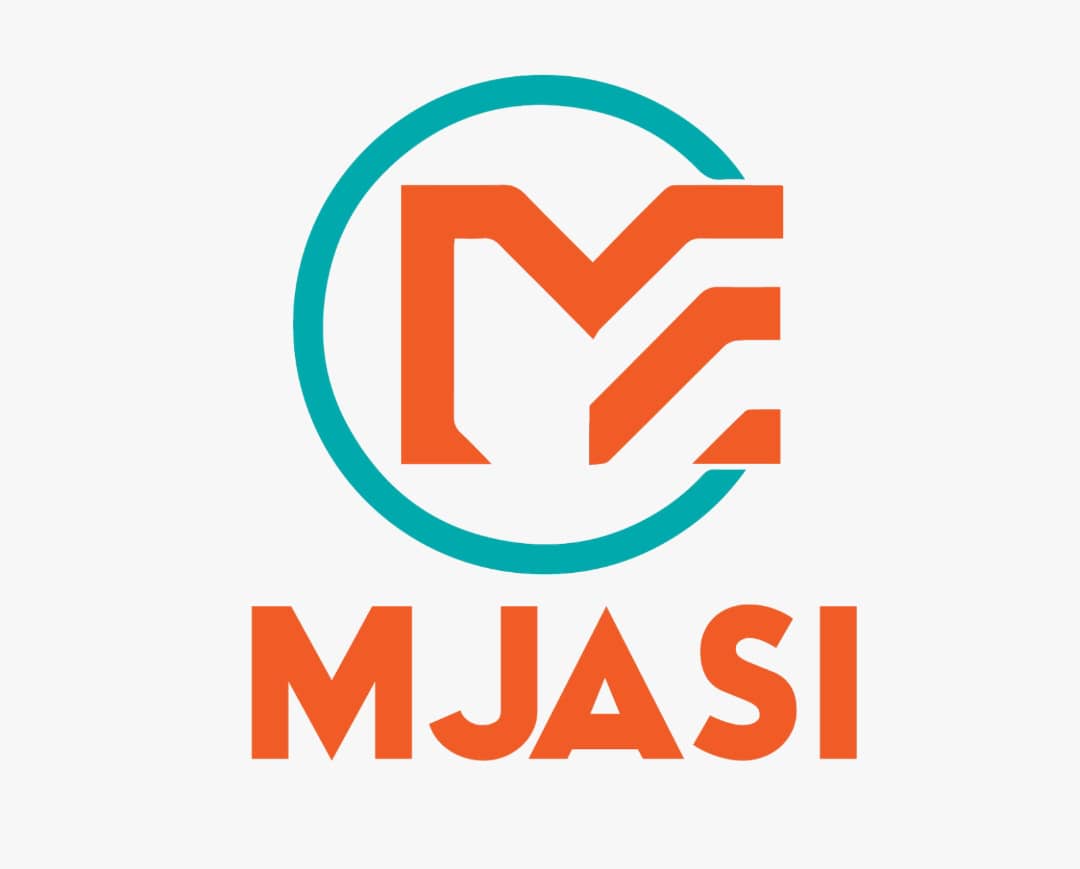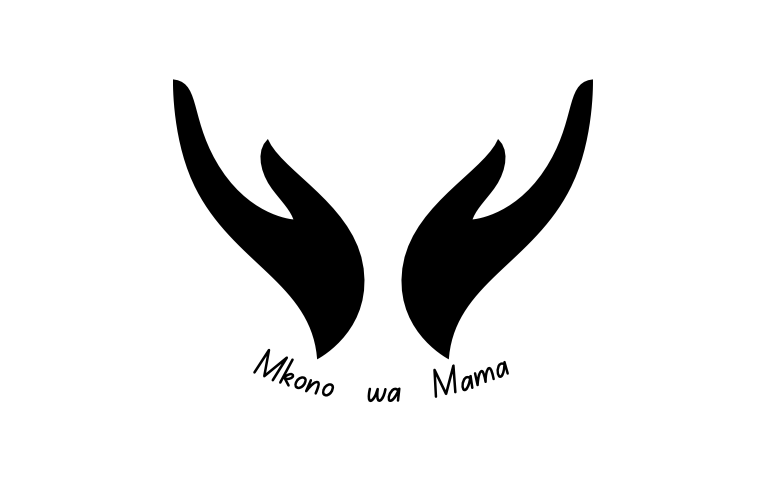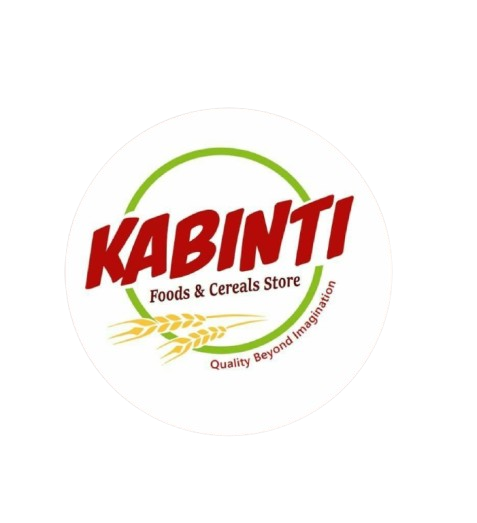Uluguru Spice Project (USP)
The Uluguru Mountains are one of the biological hotspots of East Africa, as they provide a habitat for various endemic plants and animal species. Moreover, this mountain range located in the Morogoro region is of significant importance for all inhabitants of Tanzania because the steep slopes are a source of the country's most important water catchment area. That is because they feed the Ruvu River, which provides drinking water for the largest city in Tanzania, Dar es Salaam. As the water supply for the fast-growing population has to be guaranteed, the delicate water situation is one of the most critical issues in the country. Therefore, water conservation measurements are indispensable. The latter can be achieved through sustainable land use, agroecological cultivation methods, reforestation, and protection of the existing tree stock.
A forest surrounds the Uluguru Mountains that reaches the farmers’ fields. Spice cultivation is very suitable for such areas because many cultivated spices find shade under the trees and climb up the existing vegetation if needed. If farmers benefit from spice cultivation, they profit from the present trees and, therefore, won’t clear land for conventional agriculture, which mainly comes with monoculture, which, in turn, is especially prone to erosion.
Spice it up
But as is often the case: As long as people are not aware of something, they do not see any reason to change habits that have been practiced over generations. Nevertheless, a market study in the Ruvu river catchment area in the Uluguru mountains, implemented by SAT in 2017, showed that farmers are interested in cultivating spices and that some are already producing spices today. Though, the prevalent poverty in the region indicates a lack of access to the market for the farmers. Furthermore, the farmers are not organized yet and do not follow quality criteria, making it even more challenging to negotiate a reasonable price. The villages are often not accessible by vehicles, and electricity is only available on the main road at the foot of the mountains. Even then, most people can’t afford it.
So, the overall goal of the Uluguru Spice Project (USP) is to empower small-scale farmers in the Ruvu river catchment area in the Uluguru mountains by facilitating knowledge of sustainable cultivation methods as well as marketing strategies. The main focus is on spice production and trade, thereby achieving a poverty reduction accompanied by the protection of the ecosystem. In addition to training the small-scale farmers of the Ruvu river catchment in sustainable agroecological methods, Governmental agricultural extension officers are educated, and a curriculum to teach model farmers from all over Tanzania at SAT Farmer Training Centre (FTC) is elaborated. As a result, farmers will benefit from a strengthened spice value chain focusing on direct processing at the farm, product development, and market access.
Altogether, 1.830 farmers, 90 model farmers, and 15 Governmental agricultural extension officers benefit directly from the USP. Indirectly the project reaches 12.625 people who profit either from education through their relatives or from farmers who were already taught before. Moreover, open-source information is available to a broad audience, comprising marketing through the internet and social media, as well as through annual agricultural events in Tanzania. In addition, through the implementation of water protection measures, many more people benefit from the project.
So far…
To reach the target groups, a series of activities are carried out. First, farmers are mobilized to build groups or collaborate with existing groups. Here we especially pay attention to gender balance and encourage women to take over leading positions. In the next step, farmer groups are trained in agroecological practices with a focus on spices, but without excluding other existentially important agricultural areas such as the cultivation of crops. Parallel to the agroecological training, the farmers are taught in other sectors such as leadership, marketing, documentation, value addition, and processing and storing.
In addition, saving and lending groups are established to fund the investments of group members. To ensure the best possible marketing of the products, workshops with interested representatives of the spice value chain and farmers are organized. Furthermore, participatory market research is carried out with the marketing committees of the groups. Last but not least, the farmers in the project region are supported in getting their organic certification by using the Participatory Guarantee System (PGS), whereby the farmers follow the East African Organic Product Standards (EAOPS). This approach of a diverse marketing strategy lowers the risk for farmers and encourages them to collaborate effectively in the implementation of the project. In addition, by training the Government extension officers, SAT enhances the officers' capacity and ensures the project's sustainability. The private sector is strengthened through developing the curricula for spice cultivation and processing, which is offered nationally as a one-week training at the FTC.
Selected outcomes USP Phase II
- In collaboration with 31 Farmer-to-Farmer facilitators and 20 Government Extension Officers from project villages, SAT has managed to train a total of 1.581 farmers organized in 63 groups from 27 villages of Morogoro District.
- The program indirectly reaches 12.726 persons who gain access to education through their families or farmers who previously received training.
- Open-source data is accessible to a large audience, including marketing via the internet and social media, as well as during Tanzania's yearly agricultural festivals.
- The initiative helps conservation by planting spice trees to protect water sources through reduced soil erosion: 51.580 cloves, 15.400 black peppers, and 28.203 cinnamon seedlings were raised in group nurseries. 13.435 cloves, 600 black pepper, and 25993 cinnamon seedlings were planted on individual farmers' plots.
This project is supported by the Austrian Development Agency (ADA), the operational unit of the Austrian Development Cooperation, and Land Vorarlberg.



Business Name: KilimoFocus and Consulting
Founder / Owner Name: Rebeca Andrew
Location: Dar es Salaam
Products/Services: The enterprise sources, packs, brands, and supplies food products to supermarkets and retail stores and provides consultancy services for agricultural projects
Instagram: @kilimofocustz

Business Name: Healthy Dried Food Tanzania
Founder / Owner Name: Oliver Kavishe
Location: Bagamoyo, Pwani
Products/Services: Snacks and food items such as dried fruits and vegetable powders
Instagram: @dried_foodtz

Business Name: Mamahealth Enterprises
Founder / Owner Name: Aslatu Nguku
Location: Dodoma
Products/Services: Preserving fruits and vegetables into healthy snacks and flours
Instagram: @mamahealthtz

Business Name: LPHQ Enterprise
Founder / Owner Name: Angelina Sylvester Hillu
Location: Iringa
Products/Services: Tomato wine
Instagram: @elitewinetanzania

Business Name: Golden Key Organic Processor
Founder / Owner Name: Farida Salehe Nassoro
Location: Dar es Salaam
Products/Services: Health and beauty products made from pure natural plants
Instagram Account: @fora_products

Business Name: Mamabora Food Products
Founder / Owner Name: Rose Mjuni
Location: Arusha
Products/Services: Nut butter with chocolate
Instagram Account: @mamaboranuts

Business Name: Mjasi Enterprises
Founder / Owner Name: Eva John
Location: Dar es Salaam
Products/Services: Ground, beetroot, carrot, coconut, potatoes
Instagram Account: @mjasienterprises_tz

Business Name: Mkono wa Mama
Founder / Owner Name: Ketteneema Lukindo
Location: Dar es Salaam
Products/Services: Fruits Candy and Pastes
Instagram Account: @mkonowamama

Business Name: Kabinti Products
Founder / Owner Name: Sarah Benard
Location: Ilboru, Arusha
Products/Services: Porridge Flour and Pumpkin Seeds Flour
Instagram Account: @kabinti_products

Business Name: Salbena Investment Company Limited
Founder / Owner Name: Simon Majeni
Location: Dar es Salaam
Products/Services: Organic honey
Instagram Account: @Salbenahoney

Business Name: Cocozania Group
Founder / Owner Name: Masome Daniel Kulwa
Location: Dar es Salaam
Products/Services: Virgin coconut oil, blended coconut oil, coconut biscuits, coconut powder
Instagram Account: @Cocozania_Official

Business Name: Nita Food Products
Founder / Owner Name: Lilian Mmbando
Location: Arusha
Products/Services: Nutritious seeds
Instagram Account: @nitafoodproducts

Business Name: Rejuvenation Food Africa limited
Founder / Owner Name: Anne Outwater
Location: Dar es Salaam
Products/Services: Ice cream from wild fruits and honey
Instagram Account: @zaidiicecream




